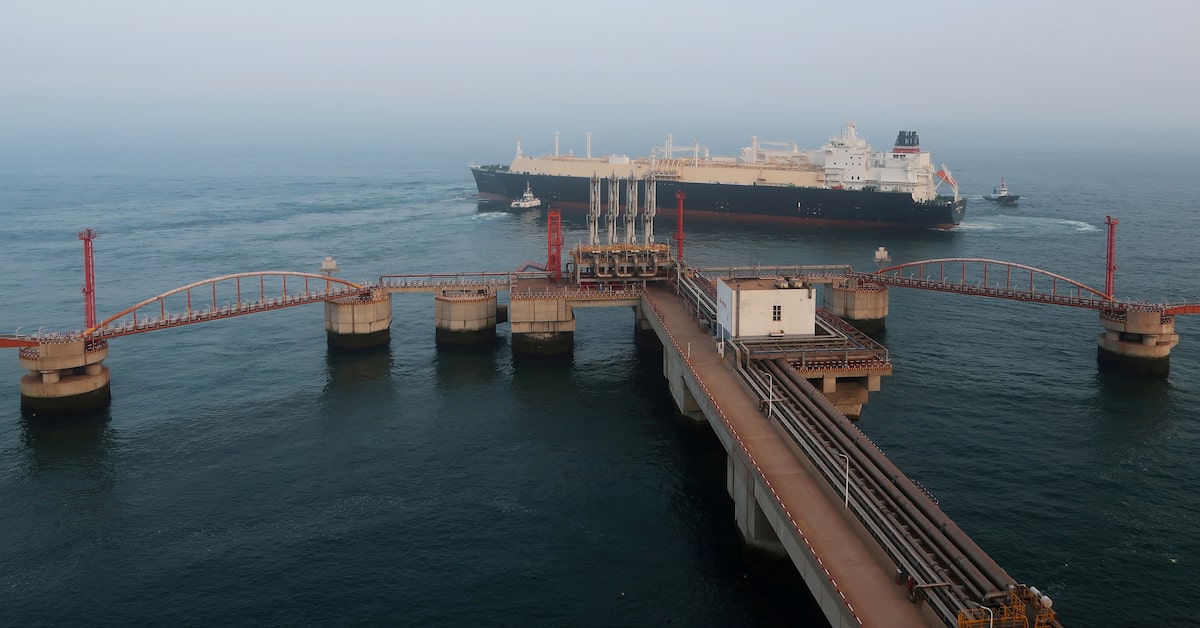China is curtailing coal consumption of its power plants, 100 million in Northeast China are facing prolonged rolling blackouts, in India over half the coal power plants have less than a weeks supply of coal on hand, Europe has seen natural gas prices increase almost 500% in a year, oil and natural gas prices in North America are hitting multi-year highs, panic buying at fuel stations in the UK has caused fuel shortages.
Are we in for a period of energy scarcity? Could energy prices spike to unprecedented levels as has been seen in other commodities such as steel and lumber in the last year?
Are we in for a period of energy scarcity? Could energy prices spike to unprecedented levels as has been seen in other commodities such as steel and lumber in the last year?


![[Hearth.com] Global Energy Shortage? [Hearth.com] Global Energy Shortage?](https://www.hearth.com/talk/data/attachments/282/282465-eb3a45f506746976bbf8bd9191d8eddb.jpg?hash=1nzietBzMh)
![[Hearth.com] Global Energy Shortage? [Hearth.com] Global Energy Shortage?](https://www.hearth.com/talk/data/attachments/282/282484-4d1596bbfb3d9632625ebe94bbdbec89.jpg?hash=BhB7-xb-SE)
